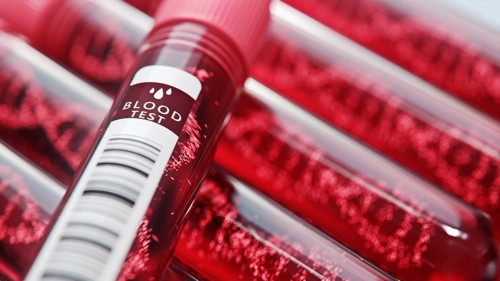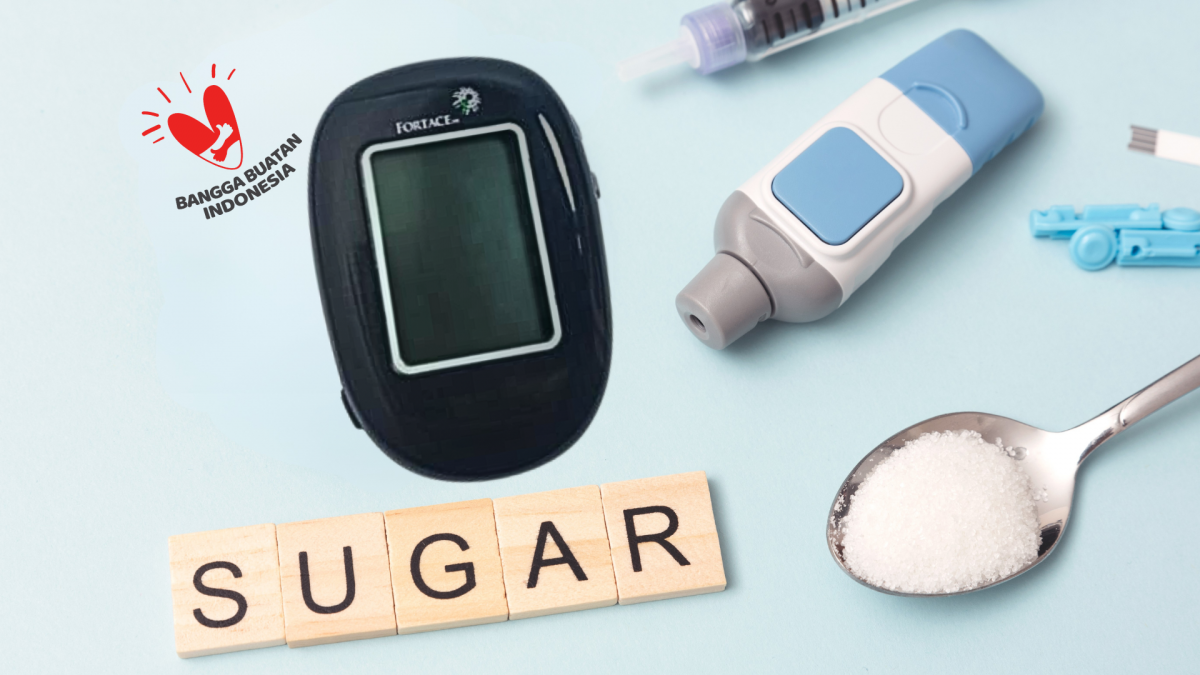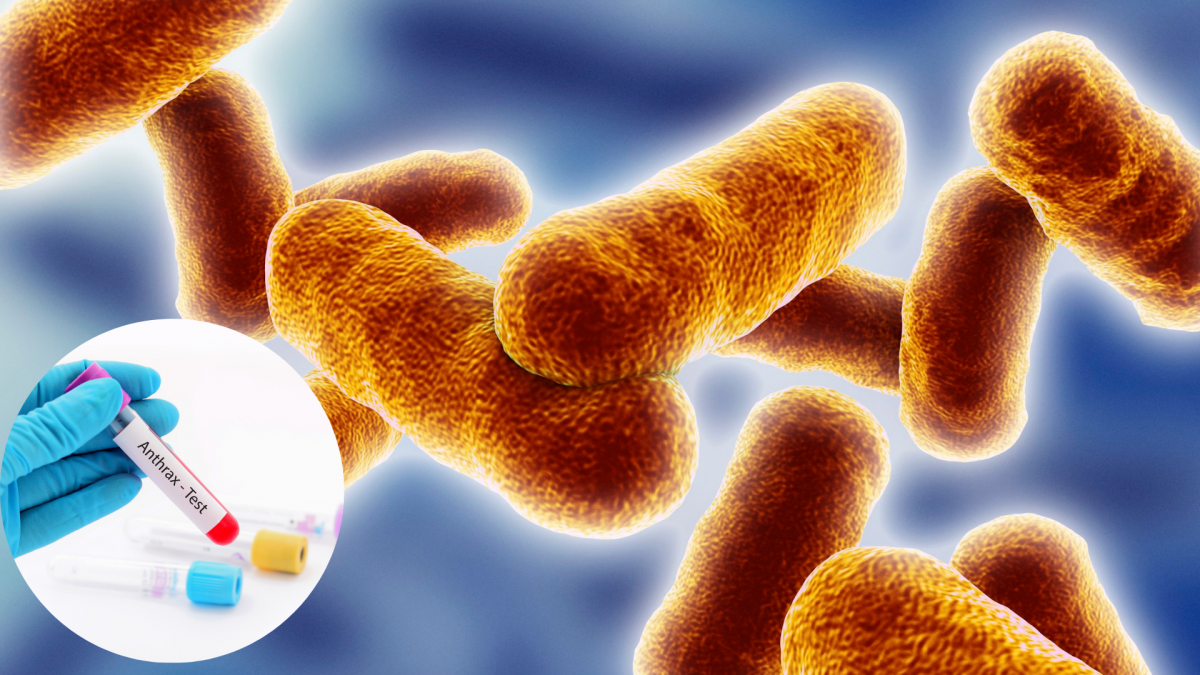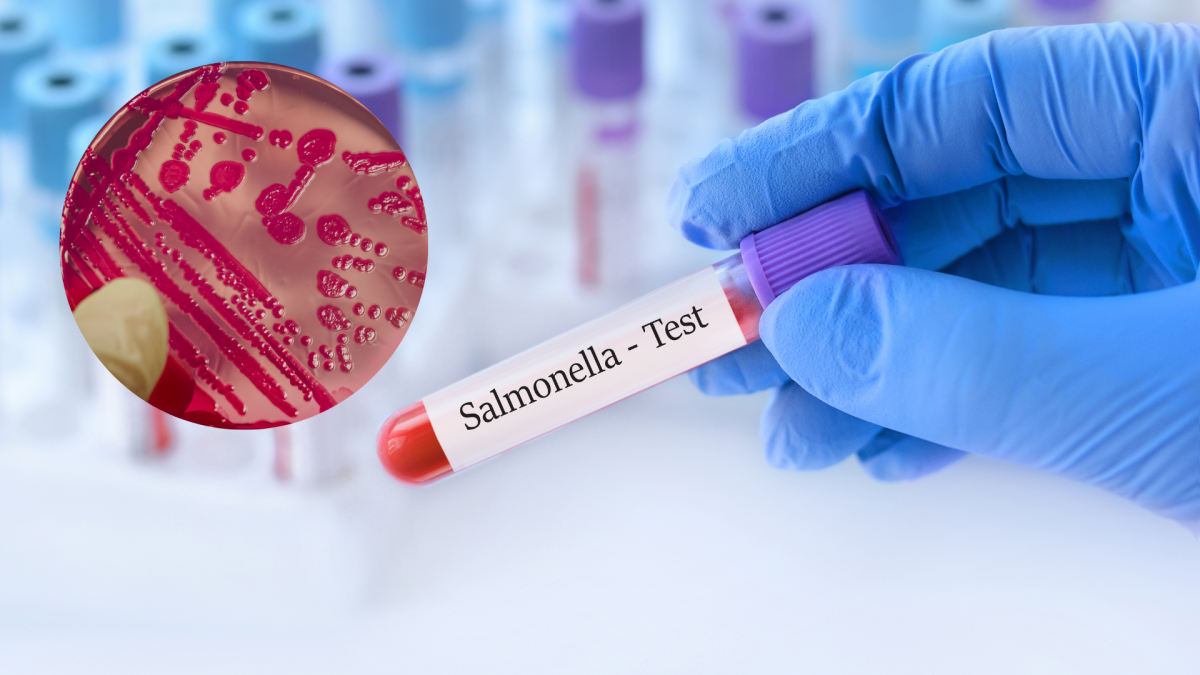
10 December 2024
HOW IMPORTANT IS MONITORING LACTATE LEVELS FOR PROFESSIONALS?
Understanding Its Relevance for Pilots, Doctors, Drivers, Athletes, and Others
Lactate levels in the blood are a critical indicator of physiological stress and performance. Elevated lactate levels are often linked to anaerobic metabolism, which occurs when the body generates energy without sufficient oxygen—common during intense physical activity or in low-oxygen environments. Monitoring lactate is particularly relevant for professionals such as pilots, doctors, drivers, and athletes, whose roles often demand both physical resilience and mental acuity.

07 April 2024
HEALTHY COMMUNITIES, HEALTHY WORLD: HEALTH TRANSFORMATION ON WORLD HEALTH DAY
Every year, World Health Day is commemorated as a significant moment to highlight the global challenges faced in efforts to create healthier communities. With the theme "Healthy Communities, Healthy World," World Health Day emphasizes the importance of cross-sector collaboration to achieve inclusive and sustainable health transformation.

19 February 2024
HEALTH KEY: WHY IS BLOOD CHEMISTRY TESTING IMPORTANT?
Blood chemistry testing is a highly important medical procedure, delving into the complex chemical composition of blood to measure key parameters such as liver function, kidney function, glucose levels, cholesterol, and electrolytes in the blood. With its ability to detect diseases, monitor medical conditions, evaluate organ function, and assess treatment effectiveness, this test serves as a cornerstone in modern healthcare.

13 September 2023
THE ROLE OF LACTATE LEVELS IN EARLY IDENTIFICATION AND MANAGEMENT OF SEPSIS IN THE INTENSIVE CARE UNIT
Sepsis is a serious medical condition that can be life-threatening and requires prompt and accurate intervention. One of the crucial indicators used in the early identification and management of sepsis in the Intensive Care Unit (ICU) is the measurement of lactate levels in the blood. This article discusses the pivotal role of monitoring lactate levels in the efforts of early sepsis recognition and effective management in the ICU setting.

09 September 2023
ELEVATING ATHLETIC PERFORMANCE THROUGH LACTATE MONITORING
In the realm of sports, lactate monitoring stands as a pivotal tool, offering profound insights into an athlete's physiological response to exercise. Lactate, a byproduct of anaerobic metabolism, surges during intense physical exertion. This article delves into the intricate relationship between lactate monitoring and sports performance enhancement.

14 June 2023
A HEALTHY FAMILY BEGINS WITH PROPER BODY METABOLISM FUNCTION EXAMINATION
The article stresses the importance of routine examinations to monitor metabolic function, which helps identify potential health risks and underlying issues. It emphasizes the role of balanced nutrition and physical activity in maintaining a healthy weight and controlling blood sugar levels. The inclusion of stress management as a crucial aspect of proper metabolism is highlighted. Overall, the article serves as a useful starting point for understanding the importance of proper body metabolism in maintaining a healthy family. Further expansion and inclusion of specific details would enhance its educational value.

02 February 2023
HOW TO EXERCISE SAFELY WITH ARTHRITIS?
When arthritis tries to slow you down, exercise can keep you moving. Exercise helps ease arthritis pain and stiffness. When starting an arthritis exercise, know what to do and how much to do for best results.

12 November 2022
National Health Day 2022
National Health Day is celebrated every November 12. Everyone can play a role in raising awareness of the importance of health, PT Isotekindo also plays a role in increasing health awareness by providing various types of medical devices that can be used for personal use or in health facilities.

09 September 2022
BE AWARE OF MUSCLE FATIGUE IN ATHLETES
Lactic acid is a common topic among athletes and sports enthusiasts, especially when it comes to performance and recovery. Lactic acid is the main cause of skeletal muscle fatigue
decrease in muscle strength or power output that causes impaired performance during exercise.

24 February 2022
THE IMPORTANCE OF NUTRITION INTAKE AND MEAL SCHEDULE FOR DIABETES
Patients with diabetes require a special nutritional diet to effectively regulate blood sugar levels while meeting their nutritional needs to achieve and maintain optimal metabolism, prevent chronic complications, and so on. In addition to a special nutritional diet, several other factors must be noticed.

21 January 2021
LACTIC ACIDOSIS : WHAT YOU NEED TO KNOW?
The acid buildup causes an imbalance in the pH level of the body, which must always be alkaline, not acidic. Lactic acid buildup occurs when there is not enough oxygen in the muscles to break down glucose and glycogen. This is called anaerobic metabolism.
There are two types of lactic acid: L-lactic and D-lactic. Most forms of lactic acidosis are caused by too much L-lactate. There are two types of lactic acidosis including:
● Type A lactic acidosis is caused by tissue hypoperfusion (lack of nutrition) from heart failure, sepsis, or cardiac pulmonary arrest.
● Type B lactic acidosis is caused by impaired cellular level function and local area tissue hypoperfusion.
Lactic acidosis has many causes and is often treatable. But if left untreated, it may be life-threatening.

07 October 2020
HIGH LEVELS OF KETONES IN YOUR BLOOD ARE A SIGN THAT SOMETHING IS WRONG
Large amounts of ketones build-up, blood acidity increases, and you have what is called diabetic ketoacidosis, or DKA for short, a medical problem that needs urgent treatment.




